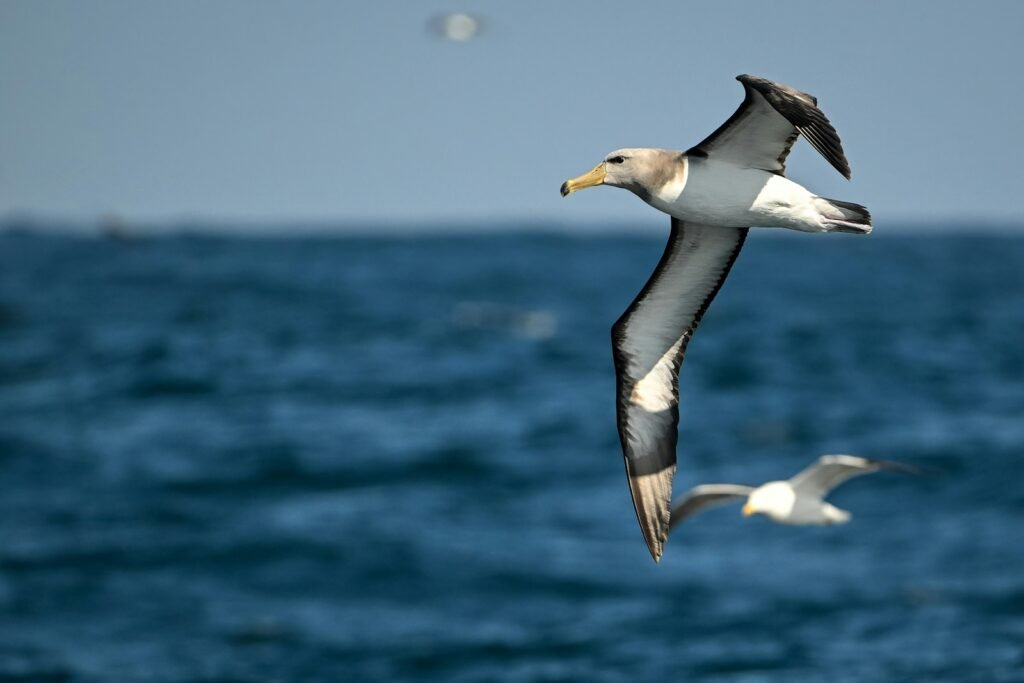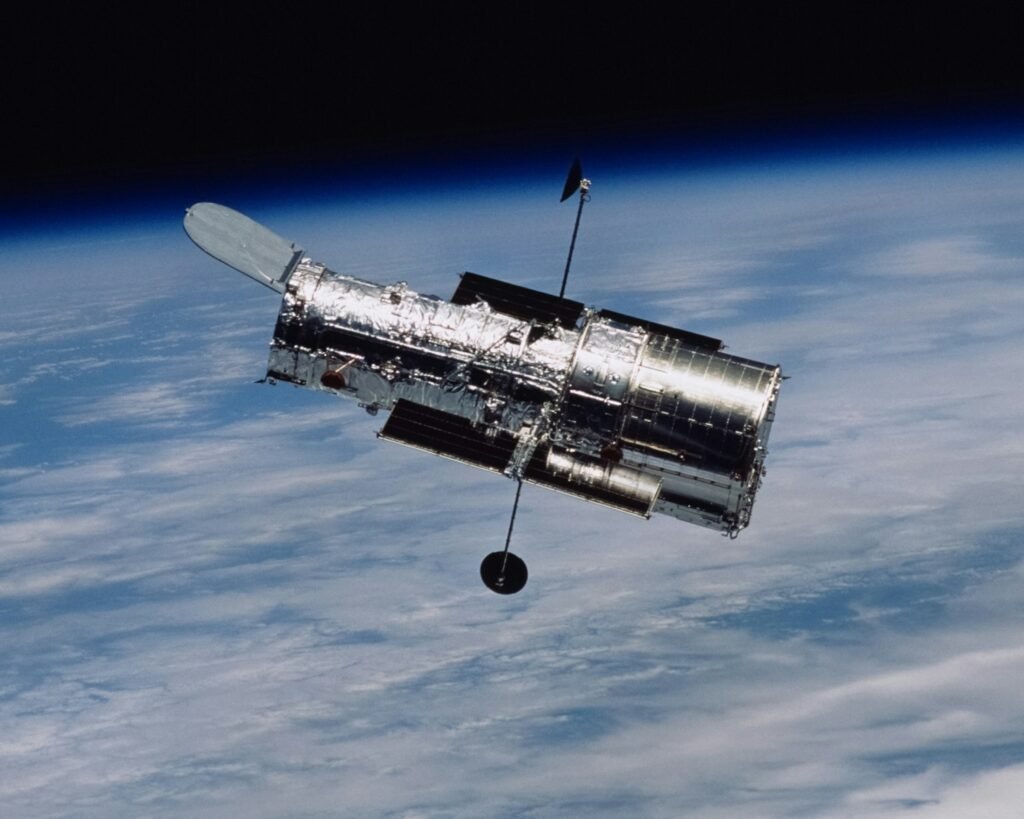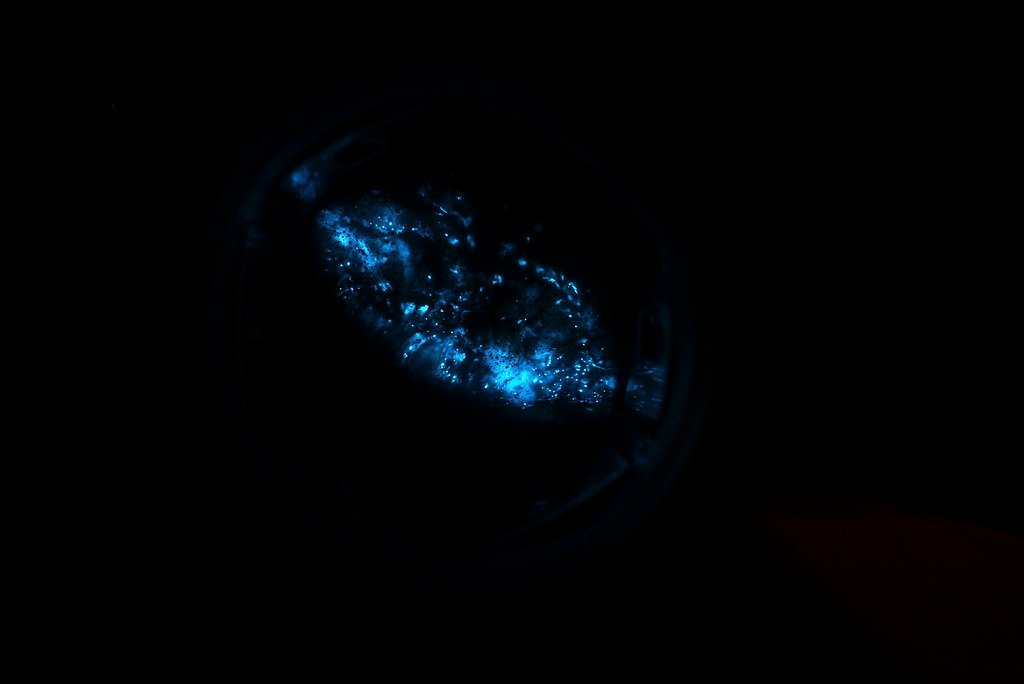Astrology isn’t a scientific instrument, but the stories we tell about it can point us toward real biology hiding in plain sight. Fire signs are cast as bold, bright, and restless – and the wild has no shortage of creatures built on those same traits. So here’s a fresh experiment in translation: match Aries, Leo, and Sagittarius with animals whose behavior and physiology mirror their signature spark. Along the way, you’ll meet head-butting engineers, desert royalty, and a bird that treats the planet like a racetrack. The goal isn’t belief; it’s insight – using myth as a map to explore living systems that are, frankly, more astonishing than any horoscope.
The Hidden Clues

What kind of animal do you become when the heat rises and the margin for error vanishes? In the lab and the field, biologists look for patterns – signals of speed, endurance, dominance, and navigation – and the wild answers with data, not drama. Head impacts that would fell most mammals are routine for mountain rams, thanks to reinforced skull architecture and energy-damping tissues. Lions broadcast power through posture, mane, and synchronized roars that carry across the savanna, turning sound into social currency. Albatrosses, seemingly unhurried, surf invisible wind gradients to cross oceans with astonishing efficiency.
These aren’t random quirks; they’re evolutions’ receipts. Each trait is a solution to a specific problem – gravity, scarcity, competition, distance – and that’s exactly why the fire signs map so well onto them. Aries burns hot in short bursts of decisive action, Leo rules through social structure and spectacle, Sagittarius lives for the open horizon. The stories line up because the pressures do. Let’s follow the evidence where it leads.
Aries: The Mountain Ram in Motion

Bighorn sheep are built like living battering rams, and that’s not poetic license. During the autumn rut, rams clash head-on in contests that can last for hours, yet they avoid catastrophic brain injury through a suite of anatomical defenses – thickened skull bones, sinuses acting as shock absorbers, and keratin sheaths that spread impact. Their horns don’t shed; they grow year after year, recording a lifetime of nutrition and stress like stacked tree rings. Dominance emerges from these contests, setting access to mates and shaping the social ladder.
Aries energy is often described as brave, blunt, and impatient, and the ram embodies this with mountain-athlete agility. Short, explosive accelerations on steep slopes are the norm, not the exception, supported by sure-footed hooves and muscles tuned for quick power. Even their decision-making looks Aries-like: when danger appears, rams don’t debate, they bolt to elevation or square up. It’s a survival strategy that favors decisiveness over deliberation. In a world of cliffs and predators, hesitation is the real hazard.
Leo: The Social Might of the Lion

Few animals choreograph power as elegantly as lions. Their society – prides of related females, cubs, and typically a coalition of adult males – turns cooperation into a competitive edge for hunting and territory defense. Visual cues like body carriage and mane condition communicate status and health at a glance, while scent marks and roaring stake claims that can deter rivals without a fight. Cooperative behavior doesn’t erase conflict; it channels it, deciding who eats first, who guards, and who risks a nighttime patrol.
Leo’s reputation for charisma and leadership dovetails with the lion’s reliance on theater backed by muscle. A confident stance can prevent a costly clash; a chorus of roars can make a pride feel larger than it is. Even rest cycles are strategic, conserving energy during heat and mobilizing when prey is active. The pride’s cohesion sets the template: loyalty with limits, performance with purpose. In ecological terms, it’s governance by signal, and it works.
Sagittarius: The Endless Albatross

The wandering albatross turns the globe into a commute. With among the largest wingspans of any living bird, it practices dynamic soaring – rising and dipping across wind shears to travel vast distances while barely flapping. Instead of chasing targets, it reads an invisible weather map, converting turbulence into movement and distance into opportunity. Navigation blends multiple senses, including a refined sense of smell that helps locate productive ocean fronts where prey gathers.
Sagittarius is the seeker and the albatross is the method. Long-lived and slow to reproduce, these birds invest in endurance and knowledge, not speed for its own sake. Pair bonds and nesting cycles on remote islands anchor a life spent in motion, a paradox that feels familiar to anyone who loves travel but needs a true home base. When storms rise, albatrosses don’t fight the wind; they harness it. The lesson is simple: range widely, think long-term, and let the currents do some of the work.
From Ancient Tools to Modern Science

Humans have been reading animal signs since we could chip stone and paint cave walls. Rock art in dry canyons celebrates rams with sweeping horns, and old tales across Africa center lions as symbols of sovereignty and protection. What’s changed in the twenty-first century is our toolkit: GPS collars track movements through mountains and grasslands, accelerometers quantify every sprint and leap, and biologgers sample heart rates during chases we’ll never see.
Over open water, satellite tags sketch ribbons of flight for albatrosses, revealing highways in the sky that intersect fishing fleets and storm belts. Camera traps, drones, and passive acoustic arrays add layers – who is where, doing what, and at what cost. Stable isotope analysis traces diets, while genomics connects populations separated by deserts or seas. It’s not mysticism; it’s measurement. And it turns archetypes into testable, actionable ecological knowledge.
Why It Matters

Metaphors get us in the door; science keeps us honest. Aries-as-ram teaches how dominance hierarchies emerge without endless violence, which informs how we interpret injuries and stress in wild populations. Lion social dynamics guide conservation planning, because disrupting pride structure can upend hunting success and cub survival. Albatross travel economies shape bycatch policies and marine protected areas, since a single longline can interact with birds that live for decades.
The wider importance is pattern recognition. When we compare myths to field data, we sharpen the story and our empathy at once. People remember what they feel, and a good match between a sign and a species can make a funding meeting or a classroom talk land stronger. My view is simple: if a narrative moves someone to care and the facts stay tight, use it. Biology is the backbone; symbolism is the spark.
Global Perspectives

Fire-sign animals are not confined to a single nation or culture, and their futures hinge on decisions that ripple across borders. Mountain sheep in North America depend on connected high-country corridors and disease management where domestic and wild herds meet. Lions straddle national parks and community lands, so fencing, livestock practices, and local livelihoods all share the same ecological ledger. Albatross routes span hemispheres, tying fisheries policy in one ocean to breeding success on distant islands.
Different regions test different solutions, but the toolbox travels. Transboundary conservation areas, compensation programs for livestock losses, and gear modifications on fishing vessels show how policy can evolve with evidence. The payoff is tangible: less conflict, more resilience, and data that feeds back into smarter models. When the world feels fragmented, these species remind us the biosphere is a network, not a set of silos. Coordination is the quiet superpower.
The Future Landscape

New tech is bending the curve for wildlife science. Machine learning scans millions of camera-trap images to identify species and behaviors in hours, not months, while small, solar-powered tags extend tracking to lighter, younger animals. Environmental DNA lets teams detect presence from a handful of water or dust, confirming hard-to-see species without a single sighting. In the sky, satellite radar watches habitat change through clouds and darkness, a crucial edge during fire seasons and rapid development.
Challenges stack just as quickly. Warming trends push prey and predators out of sync, drought squeezes mountain forage, and shifting wind patterns can scramble the invisible runways albatrosses rely on. Data privacy for local communities and fair benefit-sharing for conservation tech are ethical fronts that need clear rules. The science will get sharper; the trade-offs will get harder. Resilience will come from mixing innovation with humility.
Conclusion

Turn interest into impact by backing the building blocks of conservation. Support organizations that secure habitat corridors in mountain ranges, where rams thread seasonal routes that keep populations healthy. Advocate for coexistence programs that help rural communities living with lions, from better livestock enclosures to compensation when losses occur. Choose seafood from sources that reduce seabird bycatch, and cut single-use plastics that drift into ocean gyres where albatrosses forage.
Get curious and stay engaged: join a local wildlife survey, log observations on community science platforms, or volunteer with regional habitat restoration. Share what you learn with someone younger than you; curiosity scales faster than funding. Small actions are the ignition; policy is the fuel. Which fire will you light next?

Suhail Ahmed is a passionate digital professional and nature enthusiast with over 8 years of experience in content strategy, SEO, web development, and digital operations. Alongside his freelance journey, Suhail actively contributes to nature and wildlife platforms like Discover Wildlife, where he channels his curiosity for the planet into engaging, educational storytelling.
With a strong background in managing digital ecosystems — from ecommerce stores and WordPress websites to social media and automation — Suhail merges technical precision with creative insight. His content reflects a rare balance: SEO-friendly yet deeply human, data-informed yet emotionally resonant.
Driven by a love for discovery and storytelling, Suhail believes in using digital platforms to amplify causes that matter — especially those protecting Earth’s biodiversity and inspiring sustainable living. Whether he’s managing online projects or crafting wildlife content, his goal remains the same: to inform, inspire, and leave a positive digital footprint.




